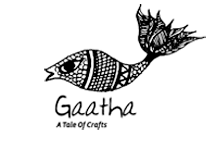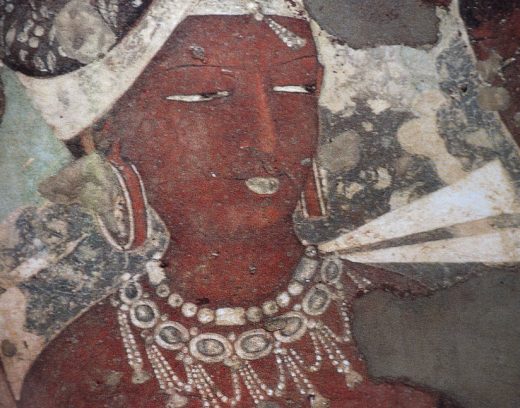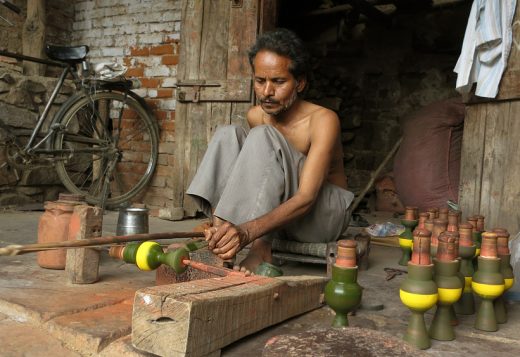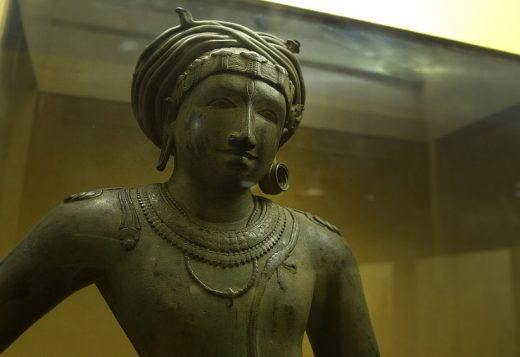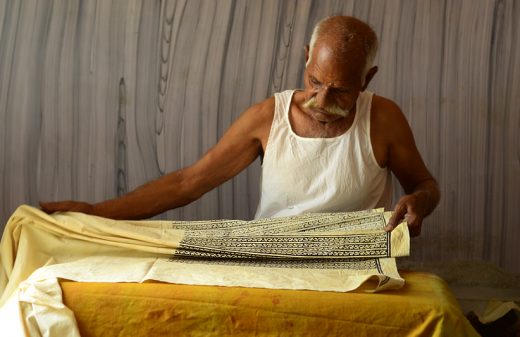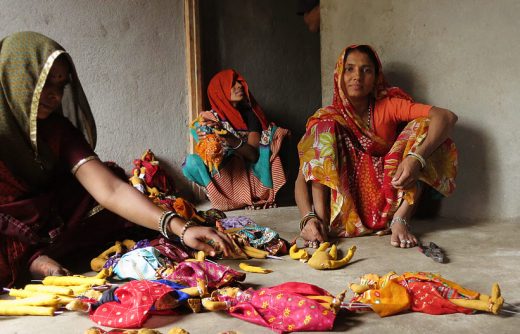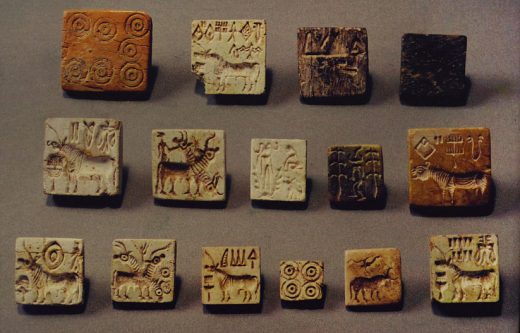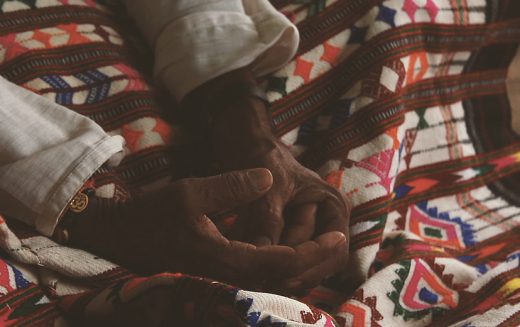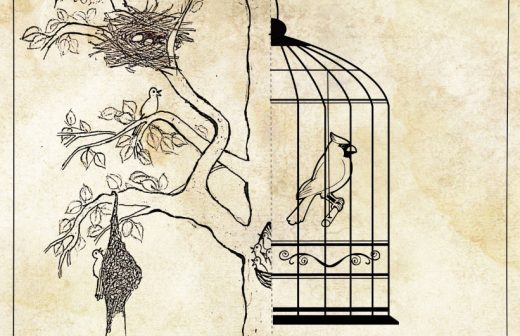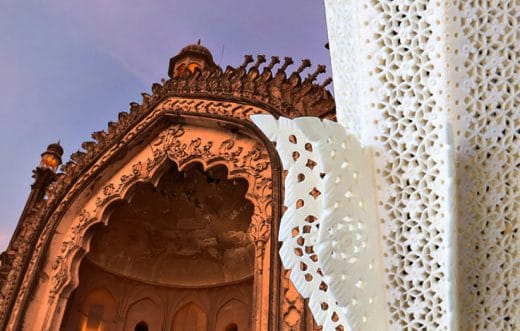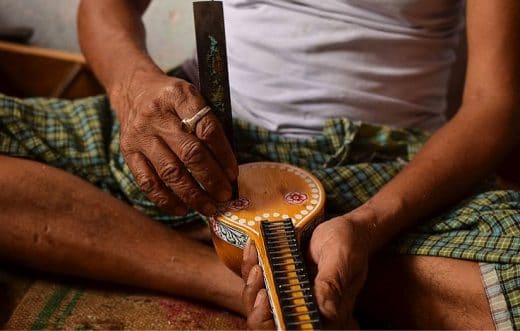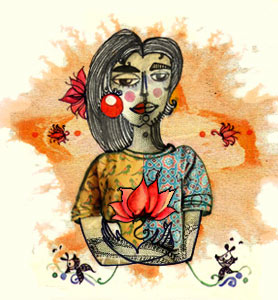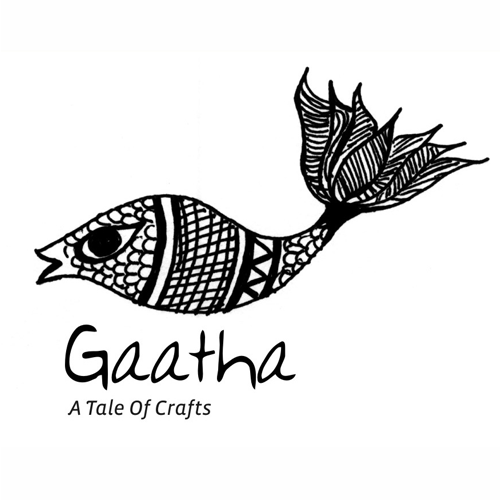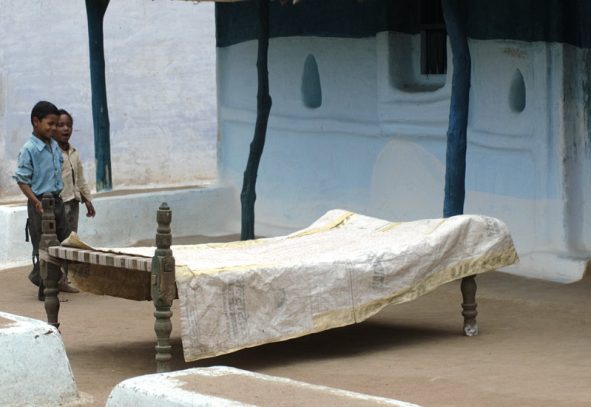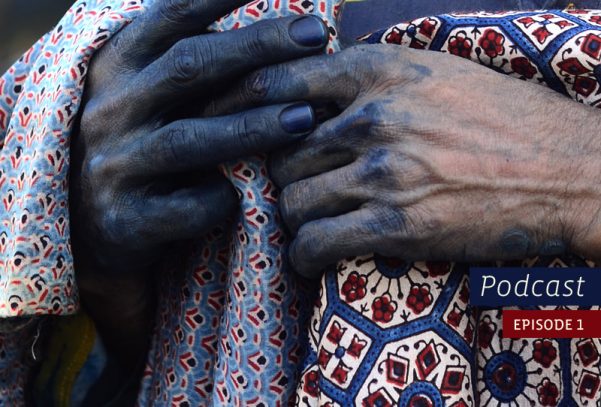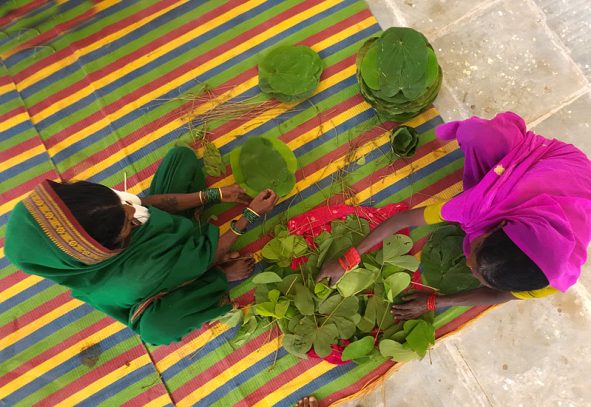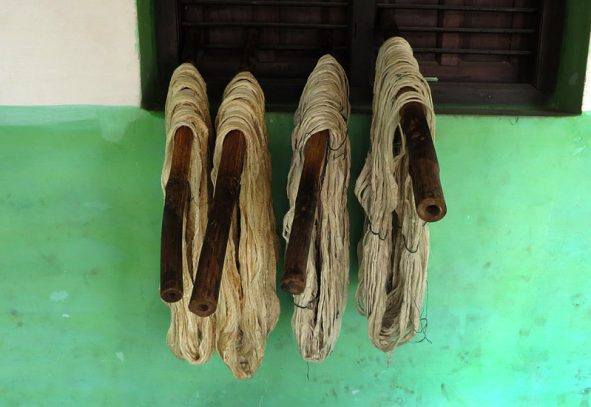The desire to communicate messages, ideas and stories through the means of visual depiction is a phenomenon, filled with the aroma of antiqueness. One can perhaps suggest that the role of ink became pivotal the very moment there were ‘writings’ on the walls.
This trade route vibrantly flourished till about 1200 BCE and collapsed thereafter due to war, strife and political instability. Both trade and stories were lost. Incidentally, around the same time, the glass-bead making industry in India was blossoming in several regions...
The pieces spin once again to apply the coat of lacquer. The sticks of Lac are pressed against the constantly moving surface. The friction of it begins melting the sticks and colour blooms onto the wood as the Lac sticks to it. If the natural colours do not suffice, the artisans turn to acrylics...
The process of bronze casting is, in itself, a very spiritual experience. A Sthapathi is expected to be well-versed in the Neetisaram, Amaram, Shilpasaaram, and the Dhyan shlokas. He recites these shlokas and lets the aura of God guide him and help conceive the deity’s form in his mind.
As old as civilisation, the tradition of narrating stories with the help of puppets has been a great source of entertainment and knowledge. Bringing down stories from generation to generation, the storyteller (sutradhara – holder of strings) acquires a vital role in puppet shows.
This verse rang true when they came across a piece of land near Jaipur, soil-rich with the waters from river Sanjaria. They rejoiced and settled down with newfound hopes in the place that would come to be known as Bagru.
The uniqueness of Jhabua cloth dolls is evident through the traditional garb that they wear. These dolls, which can even be as tall as a little girl itself are an embodiment of a person belonging to the Bhil tribe.
It’s been 5000 years since the Indus Valley civilisation flourished in areas of what is now India, Pakistan and Afghanistan. Thousands of years later, we can still witness the various continuities from the past when it comes to designing our accessories even today
People of dhani grow crops such as jowar and bajra for household consumption as well as selling among fellow weavers thereby creating a sustainable lifestyle locally within the village. Apart from farming in summers they also weave Pattu...
Do you think ‘common’ sense leads to a loss of ‘sense’? Wikipedia defines ‘common sense’ as a basic ability to perceive, understand, and judge things that are shared by (“common to”) nearly all people and can reasonably be expected of nearly all people without need for debate.
The art of bone carving goes back to pre-historic times, when each & every part of the hunted animal was used & it was believed that a part of the departed soul stays with them forever. Bones were used for making ornaments & utility articles.
The village is said to have been chosen by the king Sveta Chalapati Rangarao for making of this instrument for the quality of sound the craftsmen here could achieve was to be found nowhere else. Veena, the soul of Carnatic music finds place in the hands
About Gaatha
Gaatha brings to you, traditional handicrafts and the culture
behind them, directly from the very home of the
Indian artisan.
Gaatha
Categories
- Articles (111)
- Crafted with Love (1)
- Craftsmen (23)
- Dialogues (5)
- Events (3)
- Hands on (3)
- Indigenous Knowledge (2)
- Myths & Stories (20)
- People / Organization (2)
- Podcast (1)
- Post Card (3)
- Process (118)
- Products (9)
- Resource (8)
- Tale (160)
- Visits (20)
Like Us On Facebook

Trending
